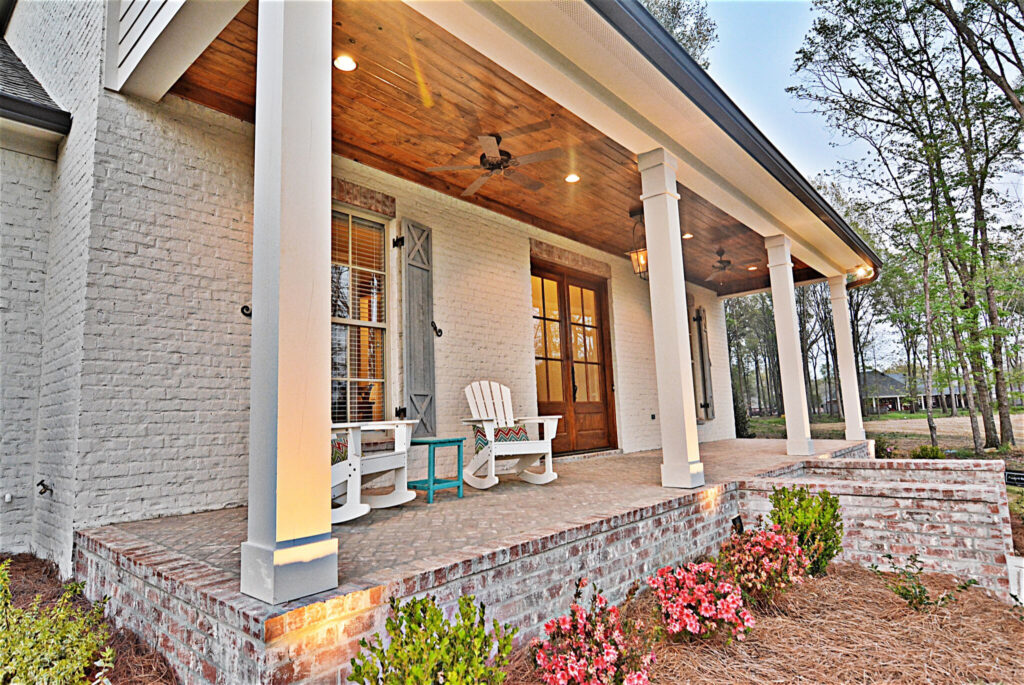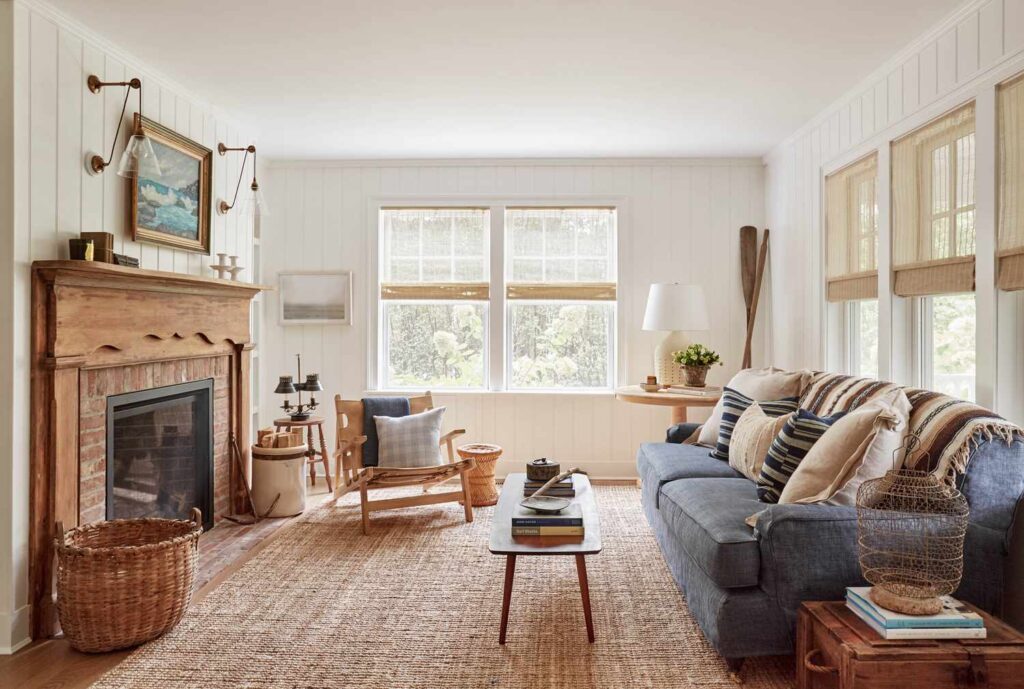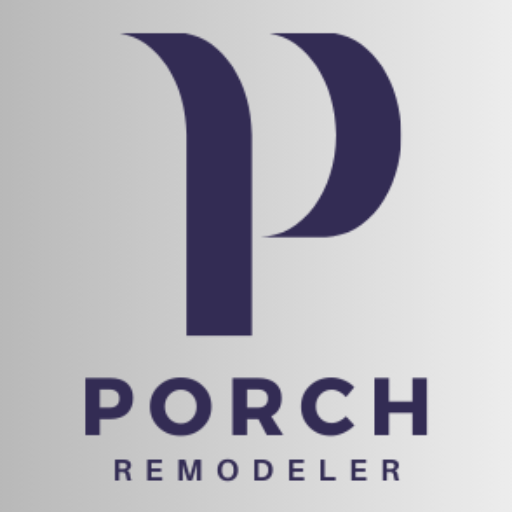Your front porch has one job: make a great first impression. If it currently looks like it’s been through a few decades of bad decisions, it might be time for a makeover. And guess what? Brick is still the rockstar of porch materials—strong, stylish, and dependable. Think of it as the friend who never flakes on you.
In this post, I’ll walk you through the real stuff you need to know:
- Why brick is the ultimate porch material
- Design ideas that fit different vibes
- Cost breakdown (because reality matters)
- DIY tips if you like getting your hands dirty
- Maintenance tricks to keep it looking fresh
- And yes, a few mistakes to dodge like bad Wi-Fi

Why Brick Makes Sense for Your Porch The Ultimate Guide to a Brick Front Porch Remodel
I’m going to be honest: brick has a reputation for being the reliable one in the relationship. And for good reason.
Durability That Lasts Generations
Think about it—rain, blazing sun, freezing winters, kids zooming past on scooters, or even the occasional heavy furniture moving day. Brick withstands all of this with ease. Unlike wood, which can rot or warp, or concrete, which can crack and chip, brick holds up. It’s fire-resistant, pest-proof, and doesn’t swell or shrink with moisture changes. You can expect a brick porch to look great and stay solid for decades.
Timeless Style That Matches Any Home
Whether your home has a classic colonial look or a sleek modern design, brick complements it beautifully. The natural colors of brick—reds, browns, and even whites—offer warmth and texture that paint or vinyl can’t replicate. Brick can give your porch a stately, inviting presence that never goes out of style.
Low Maintenance, High Reward
One of the best things about brick is that it doesn’t demand much babysitting. No yearly painting, staining, or sealing (well, sealing every few years helps but isn’t urgent). Just regular cleaning and a quick patch here and there is enough to keep it looking fresh.
Eco-Friendly Choice
Because bricks are made from natural clay and baked in kilns, they’re environmentally friendly compared to synthetic materials. Plus, brick is recyclable and durable, which means less waste over time.
Design Ideas You’ll Actually Love
Brick doesn’t have to be boring or cookie-cutter. Let me share some inspiring ideas to bring your porch to life.
Classic Red Brick
This is the tried-and-true option. Classic red bricks evoke a sense of warmth and nostalgia. It’s the perfect backdrop if you love white or cream trim and traditional landscaping. Pair it with black shutters or a dark wooden door, and you get a timeless, welcoming look that’s hard to beat.
Whitewashed Brick for a Modern Twist
If you want a fresh, coastal, or farmhouse vibe, consider whitewashing your bricks. Whitewash is a diluted paint technique that softens the bright red of bricks while still showing the texture. It instantly brightens the porch, making it feel airy and modern without losing character.
Pattern Play: More Than Just Stacking Bricks
Brick patterns are like hairstyles — they can dramatically change the vibe of your porch.
- Herringbone: This V-shaped pattern adds energy and movement, perfect for creating visual interest on steps or porch floors.
- Basketweave: A more traditional pattern with bricks alternating in pairs, giving a neat, woven look.
- Running bond: The most common pattern with staggered bricks, it’s simple and classic but never boring.
You can mix and match these patterns in borders or entire floors for a unique look.
Brick + Wood Combo for Warmth

Adding wood elements like a wooden ceiling, railings, or columns with brick steps creates a rich contrast. Wood softens the hard texture of brick, making the porch feel cozy and inviting — like an outdoor living room. Use warm wood tones like cedar or redwood for best results.
What’s This Going to Cost Me?
Let’s get real: budget matters. Here’s a breakdown of what you can expect.
Materials
Good quality bricks typically cost between $6 and $10 per square foot. Keep in mind that specialty bricks or custom colors may push this higher. Mortar, sealants, and base materials like gravel and sand will add some extra cost, usually a few hundred dollars for a typical porch.
Labor
Hiring a professional mason or contractor generally costs between $8 and $15 per square foot. Labor can vary based on location, project complexity, and the contractor’s reputation.
Extras
Don’t forget about additional expenses such as:
- Removing old materials like concrete or wood
- Base preparation if the current foundation is weak
- Sealing after completion
- Custom features like steps, railings, or integrated lighting
Total Estimate
A small porch remodel (100–200 sq ft) usually runs $2,000–$4,000 total, while larger or more complex jobs can reach $8,000 or more.
DIY Savings and Considerations
Going the DIY route can save you a significant chunk of money, but it’s not free. Your time, potential tool rentals, and learning curve must be factored in. Mistakes can cost more in the long run, so weigh your confidence carefully.
DIY Brick Porch Remodel Tips (For the Brave)
If you’re ready to get your hands dirty, here’s what I learned from my own messy but rewarding DIY brick porch project.
What You’ll Need
- Quality bricks
- Mortar mix
- Trowel and jointer tool
- Level and rubber mallet
- Broom for cleanup
- Sealant for finishing
Step-By-Step
- Prepare the Surface: Remove any old material and make sure the base is perfectly level. A solid base means a solid porch.
- Lay the Foundation: Use a compacted layer of gravel and sand to ensure good drainage and stability.
- Set the Bricks: Work in manageable sections to prevent mortar from drying out before you place bricks.
- Tap and Level: Use a rubber mallet and level continuously. Uneven bricks look bad and create hazards.
- Fill the Joints: Use a jointer tool to press mortar firmly into the gaps for clean, lasting lines.
- Seal Your Work: After drying, apply a sealant to protect against water and stains.
Tips from Experience
- Wear gloves; mortar can be rough on your skin.
- Have patience—don’t rush, especially when laying bricks.
- Keep water nearby to clean tools and fix mistakes quickly.
Mistakes That Could Ruin Your Day
Avoid these common pitfalls I’ve seen happen more times than I care to count:
- Skipping a proper base: Without a strong foundation, your porch will crack and settle unevenly.
- Using the wrong mortar mix: Too much sand or too little cement weakens the bond. Follow manufacturer instructions carefully.
- Forgetting to seal: Water seeping into unsealed bricks leads to cracking and discoloration over time.
Maintenance Made Simple
Once your brick porch is done, keeping it fresh is easy:
- Sweep regularly to remove dirt, leaves, and debris that trap moisture.
- Clean the bricks annually with a low-pressure washer or mild soap solution. Avoid harsh chemicals that damage brick.
- Seal the bricks every 3-5 years depending on weather exposure.
- Repair small cracks promptly to prevent them from spreading.
Before and After: Because Everyone Loves a Glow-Up
If you’ve ever swapped out cracked concrete for a beautiful brick porch, you know it’s like a mini home makeover. Your house suddenly feels more inviting and stylish. Plus, brick porches have that old-world charm that photos just love—hello, Instagram-worthy curb appeal!
My Final Thoughts
Your front porch deserves better than peeling paint and cracked concrete. A brick remodel isn’t just a facelift; it’s a lasting upgrade that you’ll enjoy for years to come.
Thinking about DIY? Start small and be patient. Want polished perfection? Hire a pro. Either way, your future self will thank you every time you pull into your driveway.
Frequently Asked Questions (FAQ)
1. How long does a brick front porch last?
A well-built brick porch can last 50–100 years with proper maintenance like sealing and repairing small cracks.
2. Can you brick over an existing concrete porch?
Yes, if the concrete is stable and leveled. A bonding agent and proper mortar layer are required to ensure adhesion.
3. Is brick more expensive than wood or concrete?
Brick often costs more initially than concrete, but its durability and low maintenance often make it more cost-effective over time compared to wood or other materials.
4. Does brick need to be sealed?
Yes. Sealing bricks every few years protects them from water damage and keeps colors vibrant.
5. Can I DIY a brick porch remodel?
Absolutely, if you have patience and proper tools. But for best results, especially on large projects, professional help is recommended.






